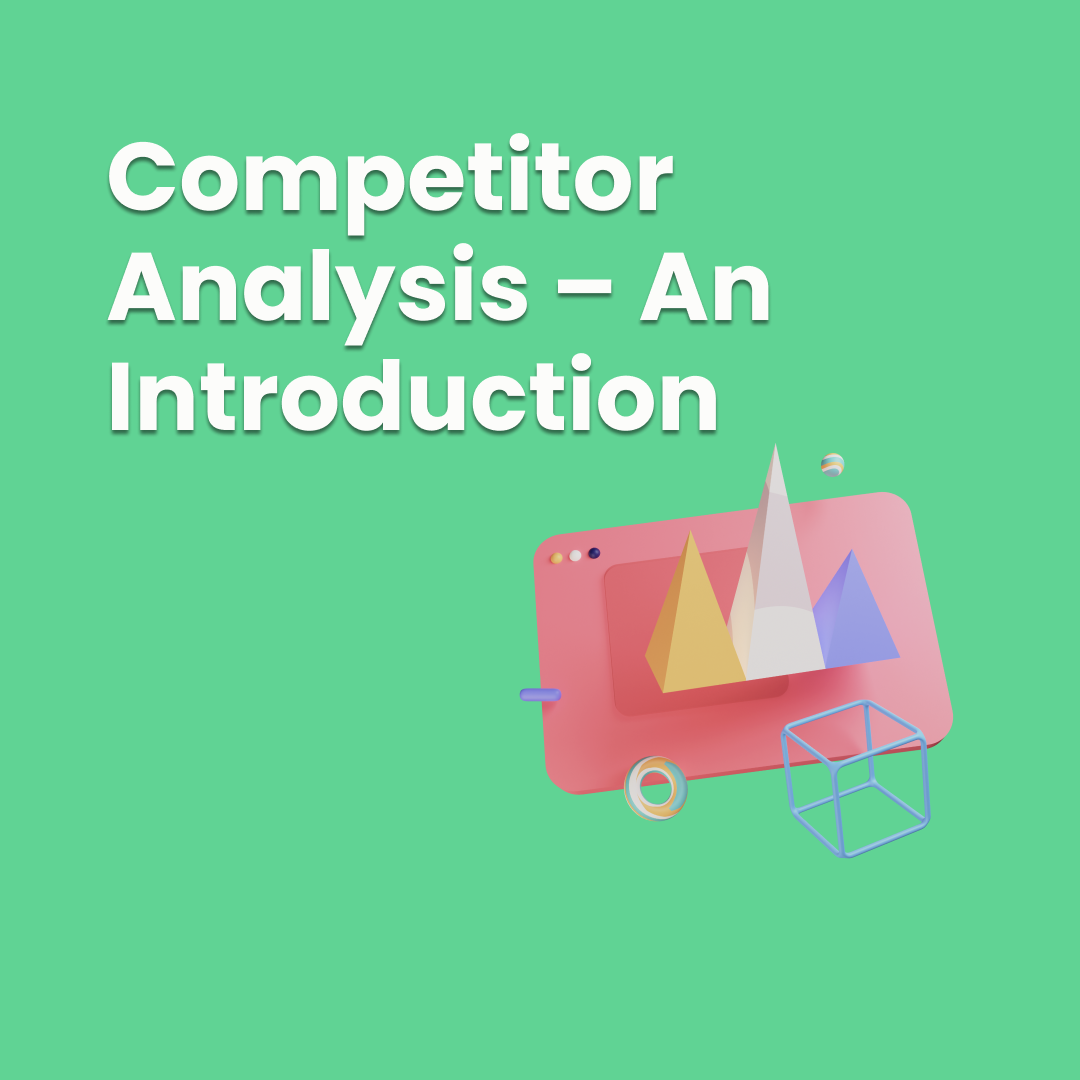Competitor analysis is a huge part of what we do here at Trio. No business operates in a vacuum and understanding how your competitors work will help you define your brand, and avoid your competitor’s mistakes.
The first step in understanding your competitors? Identify them.
Identifying Your Competitors
Do you know who you’re competing against? Or do you just think you do?
It’s usually fairly easy for a business owner to reel off a couple of names, people they think represent their direct competition. But it’s important to get the clearest possible picture of who you’re up against – and it’s not just about the search results.
Product Competitors and Search Competitors
Don’t assume that because you’re trouncing a competitor in the search results, you’ve automatically got a better bottom line. It’s easy to forget that lots of brands (especially long-established ones) aren’t necessarily reliant on digital marketing and SEO to promote their business.
They might have a guaranteed line of referrals, a huge local reputation, a great geographical location… there are lots of reasons why some brands don’t invest in their online presence.
Or they might be getting great results digitally, but in a way that’s hard to detect without some digging (a well-placed link on a high authority website, for example).
We’re going to call these your product competitors.
These competitors are, by their very nature, more difficult to analyse. Unlike your search competitors (brands who achieve similar or better results in search engine results), their data is harder to gather.
Gathering Data on Your Product Competitors
- Ask your team. In larger organisations, different departments will have different ideas about who your competitors are. Sales or customer service reps will know one set of competitors from their conversations with customers. Procurement or distribution teams might have a different idea, based on their conversations with suppliers or retail outlets. Even in a smaller team, it’s worth getting everyone’s input.
- Ask your customers. If you’re not actively working to keep your customers talking to you, you’re missing a trick. They’re easily your most valuable source for all kinds of information about your business.
- Use social media. Even brands that don’t make a lot of effort with their own website can often be found putting the work in on social media. Take a close look at what they’re talking about – and more to the point, what their customers are saying about it.
Gathering Data on Your Search Competitors
- Identify your target keywords. As well as your primary keywords, use your long-tail, ‘bottom of the funnel’ keywords, that people use when they’re searching specifically to purchase.
- Analyse the SERP data. Using your preferred SEO tool (ours is SEMrush), dig into the top ten results for each of your keywords. It’s not just about how highly they rank – use your tools (or a “domain name” + “keyword” search in Google) to find how many times each competitor’s site ranks for the given keyword, too.
- Break it down by topic clusters. Applying these SERP analysis processes to topic keyword clusters will help you spot the gaps in your competitors content strategies.
Combine Your Product and Search Competitor Lists
Now you can combine both lists to get the fullest possible picture of what you’re up against. Sometimes cross-referencing between both lists will provide you with insights into your competitor’s behaviour that you wouldn’t have seen otherwise.
We use a competitor analysis framework, digging deep for every client we work for. It’s just one of the reasons why we’re fast becoming the go-to company for digital marketing in Leeds. Give us a call, and we’ll lay it all out for you.



